Power generation
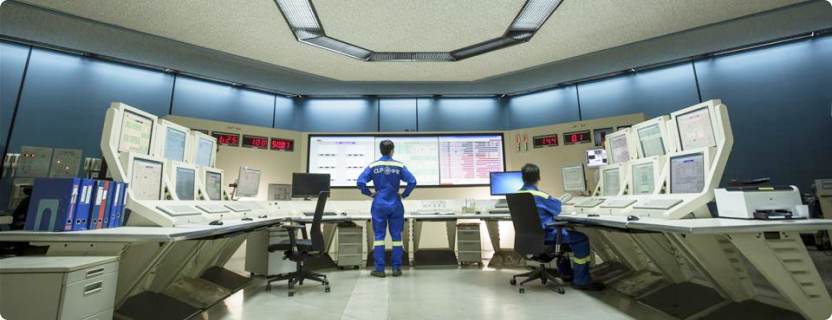
Powering Hong Kong’s development reliably and responsibly
We are proud to supply Hong Kong with world-class electricity in terms of reliability and quality. Through best-in-class technologies and advanced emissions controls, we have:
- Supported Hong Kong’s growth; and
- Reduced the environmental impact of Hong Kong’s energy consumption.
As our city moves towards a low-carbon economy, we will continue to support its progress through a cleaner fuel mix.
Our fuel mix
We maintain a diversified fuel mix to avoid relying on a single source. This helps us to:
- Ensure safety, reliability and energy security;
- Ensure reasonable costs and price stability; and
- Meet environmental standards.
Electricity Output by Generation Fuel Type in 2024
Natural gas (52%)
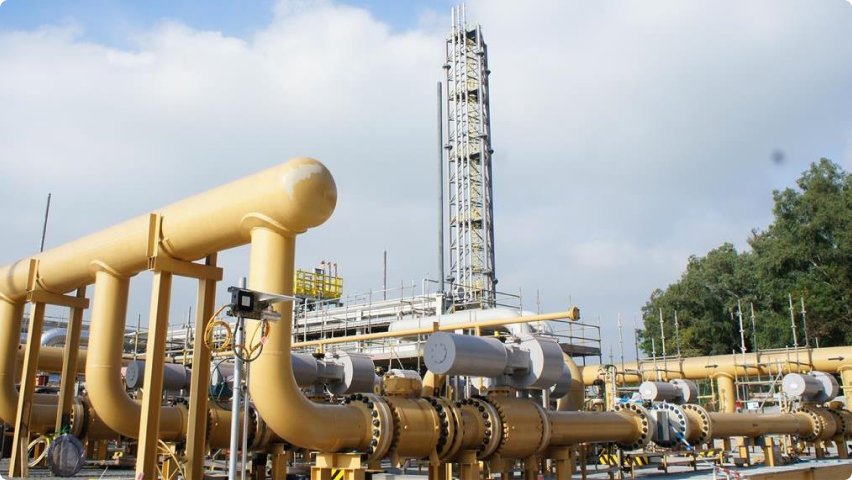
One of the cleanest forms of fossil fuels. Natural gas produces the least amount of carbon emissions per electricity unit. We aim to increase our use of natural gas to more than 50% by 2030.
Advantages
- High reliability.
- Able to meet changes in demand quickly.
- Lower carbon emissions than coal.
Disdvantages
- Significantly higher generation cost.
- Increased global demand due to its environmental benefits.
We use natural gas to generate electricity at the following power stations:
- Black Point Power Station, one of the world’s largest gas-fired combined cycle power stations.
- Castle Peak Power Station, a coal-fired power station that can burn gas as a backup fuel.
- Penny’s Bay Power Station, a support facility for unlikely power interruptions, setbacks or peak demands.
Nuclear (31%)
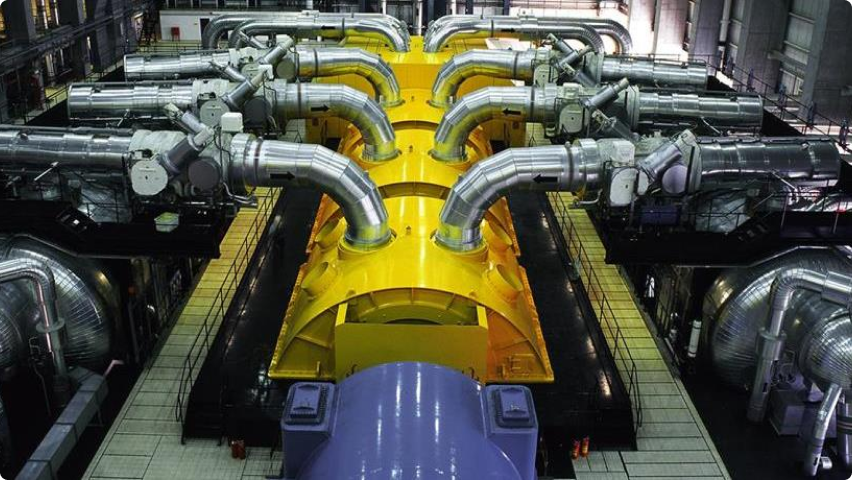
Importing nuclear energy has reduced Hong Kong’s carbon dioxide emissions by more than 7.5 million tonnes a year. It ensures a reliable power supply at a competitive price.
Advantages
- High reliability.
- Enables large-scale and steady base-load electricity.
- Competitive generation cost.
- Non-carbon emitting and no other air emissions.
Disdvantages
- Requires sophisticated and careful operational safety and waste management.
- Public concern over nuclear safety due to the Fukushima accident.
We import electricity from Daya Bay Nuclear Power Station. Located in Guangdong Province, the station is able to withstand natural hazards such as tsunamis and earthquakes.
You may also refer to CLP Power Nuclear Energy website to get more information.
Coal (16%)
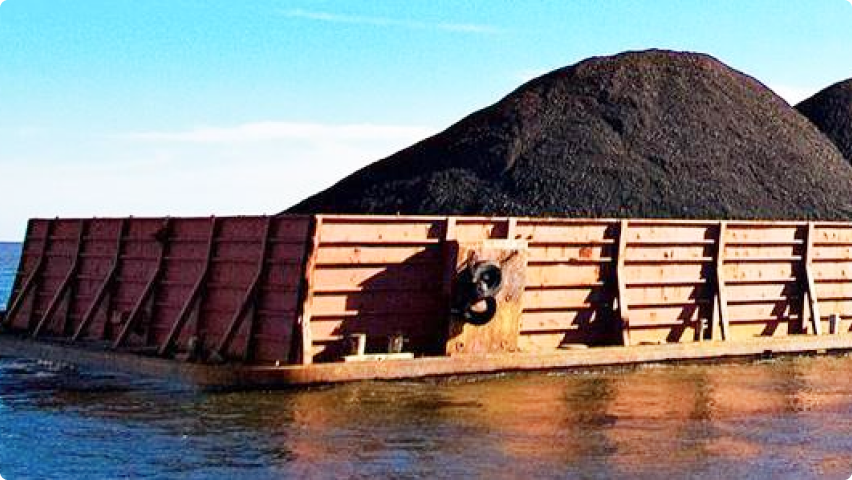
Under Hong Kong’s Climate Action Plan 2030+, we will continue to reduce our reliance on coal. Over the next decade, we plan to:
- Phase down our remaining coal plants; and
- Replace coal with natural gas and non-fossil fuel sources.
Advantages
- High reliability.
- Able to meet changes in demand quickly.
- Can be stored on site.
- Relatively low generation cost.
Disdvantages
High carbon and air emissions, even with the latest measures.
We use coal to generate electricity at Castle Peak Power Station. Since 2011, we have significantly reduced emissions from our power station. Our Emissions Control Project reduces emissions such as sulphur dioxide and nitrogen oxide.
Renewable energy (1%)
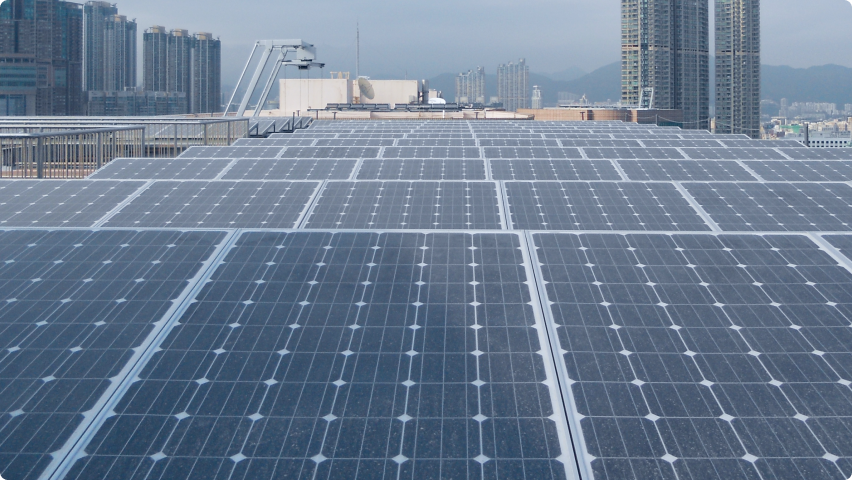
Renewable energy (RE) has a role to play in the world’s fuel mix. Examples of RE include:
- Hydropower in British Columbia;
- Wind power in Australia; and
- Solar power in the United States.
We use conventional fossil fuels to support RE because it RE is irregular in nature. For example, the amount of solar energy generated depends on weather conditions. Also, RE resources and favourable criteria for developing RE are not available everywhere.
Advantages
Almost no emissions, which is why it’s gaining popularity in rich countries.
Disdvantages
- Low reliability.
- High generation cost.
- Shortage of natural RE resources and favourable criteria.
- Often requires large amounts of land.
We purchase renewable energy from customers through:
We also use the Guangzhou Pumped Storage Power Station to store surplus energy. This allows us to release the stored energy when demand is high during the day. The station also provides backup electricity if other units shut down unexpectedly.
The total of the figures above may not be an exact sum due to rounding.
Balancing energy cost and sustainability
To support the Government’s environmental policy and emissions requirements, we will significantly increase our use of natural gas. Under Hong Kong’s Climate Action Plan 2030+, we aim to use more than 50% of natural gas by 2030. we expect the cost of natural gas to put pressure on future tariffs, as its generation cost is more than double that of coal.
Fuel cost adjustment
As Hong Kong imports most of its fuels, our fuel costs are subject to price volatility from international fuel markets. Every month, our total fuel costs may be higher or lower than the standard cost of fuel. We manage this difference through the Fuel Cost Adjustment.





